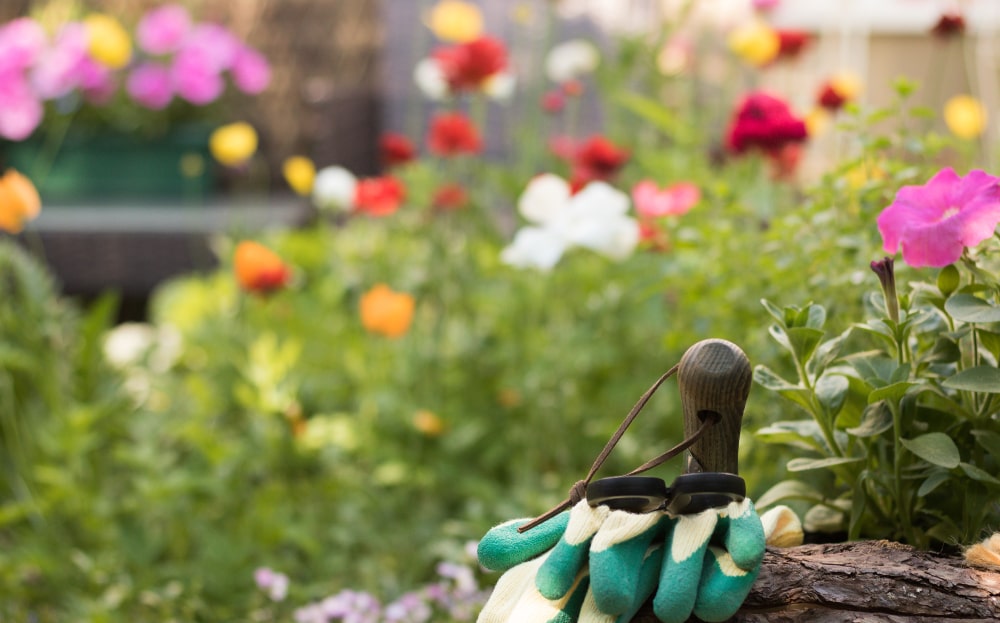SUMMER OFFICIALLY STARTS THIS MONTH AND WE HAVE PLENTY OF IMPORTANT CHORES TO DO THIS MONTH
Before we get into June I want to do a little re-capping of the weather we had in May. Last year we gardeners complained about too much rain that kept us cooped up inside. This year we are complaining about the heat and lack of rainfall. It seems that we are never satisfied. In May 2021, we are over 4 inches below normal for rainfall. As of May 25th, we have had only .6 inches of rainfall for the month of May.
That is not good as we get into June when it becomes warmer. Let’s just hope rain comes our way more regularly in June. If not…
JUNE GARDENING TASKS
- Chore #1 – be water-wise and keep all these newly planted plants – shrubs, trees, perennials, annuals, etc. well watered. A soaker hose is an excellent way to water. Water early in the morning or in the evening and not during the heat of the day.
- All these flowering annuals, including flowering annual hanging baskets, keep deadheading the old, spent flowers in order to keep them looking their best. And, don’t forget to feed them on a regular basis.
- I have had many customers come in with samples of Azalea Gall. Azalea Gall is enlarged, greyish leaves on the stems. The best remedy is to pick them off and toss them in the trash. Try to get them before they mature and spread more fungal spores.
- Speaking of azaleas now is the right time to take cuttings from azaleas and boxwoods if you want to try to start your own new plants. Having some rooting hormone available.
- Did you have issues with bagworms are some of your needled evergreens, such as junipers, arborvitaes, and cypress? If so, now is the time to apply chemical control while they are in a crawling state and before the bags are made. I recommend the products by Bonide called THURICIDE or use CAPTAIN JACK’S DEAD BUG BREW.
- MOWING THE LAWN – Be sure to mow frequently enough so as to not to remove more than one-third of the leaf height. This height will allow for sustained root growth and maximum plant health. Let the grass clipping stay on the lawn. Grass clippings contribute very little, if any, to thatch formation. Grass clippings are usually 75% to 80% water, and they readily decompose, recycling the nutrients and organic matter back in the lawn.
“KEEP ON PLANTIN”
HAPPY JUNE GARDENING!!!

